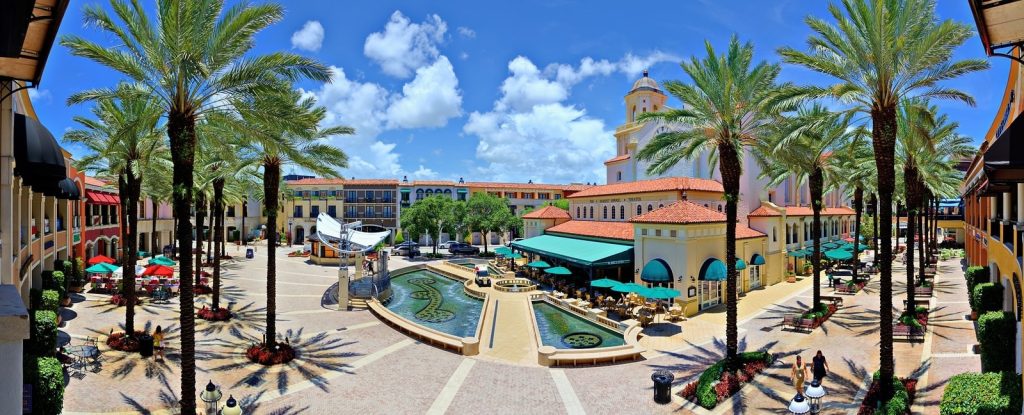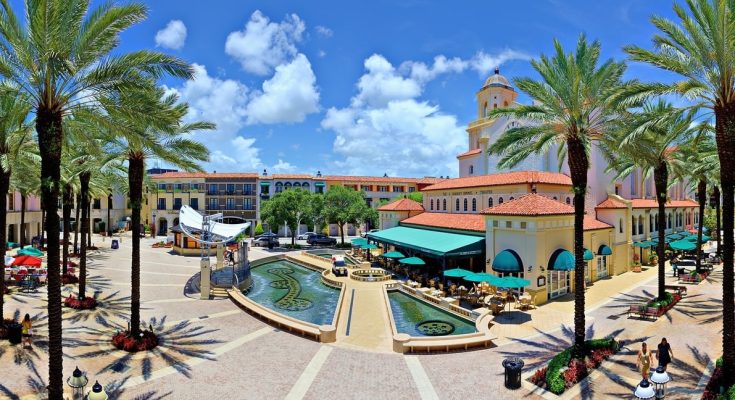Mixed-use development is an urban planning and real estate development approach that integrates residential, commercial, cultural, institutional, and/or industrial uses. These developments are designed to provide a high level of accessibility and convenience by combining various types of spaces within a single project or area.

This approach has gained significant popularity in recent years due to its potential to create vibrant, sustainable, and economically viable communities. This comprehensive overview will explore the concept of mixed-use development, its benefits, challenges, key components, and examples from around the world.
Concept and Evolution
Mixed-use development is not a new concept; it dates back to ancient cities where residential, commercial, and public spaces coexisted. The rise of zoning laws in the 20th century led to the separation of land uses, creating distinct residential, commercial, and industrial zones. However, the limitations of this segregation, including urban sprawl, increased commuting times, and reduced social interaction, have led to a resurgence of mixed-use development.
Benefits of Mixed-use Development
Mixed-use development offers numerous benefits, including:
- Economic Viability: By combining multiple uses, mixed-use developments can attract a diverse range of tenants and customers, leading to increased economic activity and higher property values.
- Sustainability: These developments promote sustainability by reducing the need for long commutes, lowering carbon emissions, and encouraging walking, cycling, and public transportation.
- Social Interaction: Mixed-use environments foster a sense of community and increase opportunities for social interaction, contributing to a higher quality of life.
- Efficient Land Use: By integrating various uses, mixed-use developments make more efficient use of land, reducing the need for extensive infrastructure and preserving open spaces.
- Enhanced Security: The presence of multiple activities and people at different times of the day can enhance security through natural surveillance and a vibrant street life.
Key Components of Mixed-use Development
Successful mixed-use developments typically incorporate the following components:
- Residential Units: A variety of housing options, including apartments, condominiums, and townhouses, to accommodate different income levels and lifestyles.
- Commercial Spaces: Retail stores, restaurants, cafes, and other commercial establishments that serve the needs of residents and attract visitors.
- Office Spaces: Workspaces for businesses, which can range from small offices to large corporate headquarters.
- Public Spaces: Parks, plazas, and recreational areas that provide opportunities for relaxation, socialization, and community events.
- Cultural and Institutional Facilities: Museums, galleries, theaters, schools, and libraries that contribute to the cultural and educational enrichment of the community.
- Transportation Infrastructure: Access to public transportation, pedestrian-friendly streets, and bike lanes to ensure connectivity and reduce reliance on cars.
Challenges in Mixed-use Development
Despite its advantages, mixed-use development faces several challenges:
- Planning and Zoning: Integrating different land uses requires flexible and adaptive zoning regulations, which can be difficult to implement in areas with rigid zoning laws.
- Financing: Securing financing for mixed-use projects can be complex due to the involvement of multiple stakeholders and the need for substantial upfront investment.
- Community Acceptance: Gaining community support for mixed-use developments can be challenging, especially if there are concerns about increased density, traffic, or changes to the neighborhood character.
- Design and Construction: Designing and constructing mixed-use buildings require careful planning to ensure compatibility between different uses and to address issues such as noise, privacy, and accessibility.
Examples of Mixed-use Developments
Several cities around the world have successfully implemented mixed-use developments:
- Hudson Yards, New York City, USA: This large-scale mixed-use development includes residential, commercial, and office spaces, as well as cultural and recreational facilities. It is one of the most significant real estate developments in the history of the United States.
- Docklands, Melbourne, Australia: This waterfront area has been transformed into a vibrant mixed-use precinct with residential apartments, office buildings, retail spaces, and recreational facilities.
- King’s Cross, London, UK: The redevelopment of King’s Cross has created a dynamic mixed-use area with new homes, offices, shops, restaurants, and cultural venues, revitalizing a formerly neglected part of the city.
- The Pearl, Doha, Qatar: An artificial island featuring luxury residential units, hotels, retail spaces, and entertainment venues, designed to create a self-sustaining mixed-use community.
Conclusion
Mixed-use development represents a forward-thinking approach to urban planning and real estate development. By integrating residential, commercial, and public spaces, these developments promote sustainability, economic viability, and social interaction. While challenges exist, the benefits of mixed-use development make it a compelling model for creating vibrant and resilient communities. As cities continue to grow and evolve, mixed-use development will play a crucial role in shaping the future of urban living.




